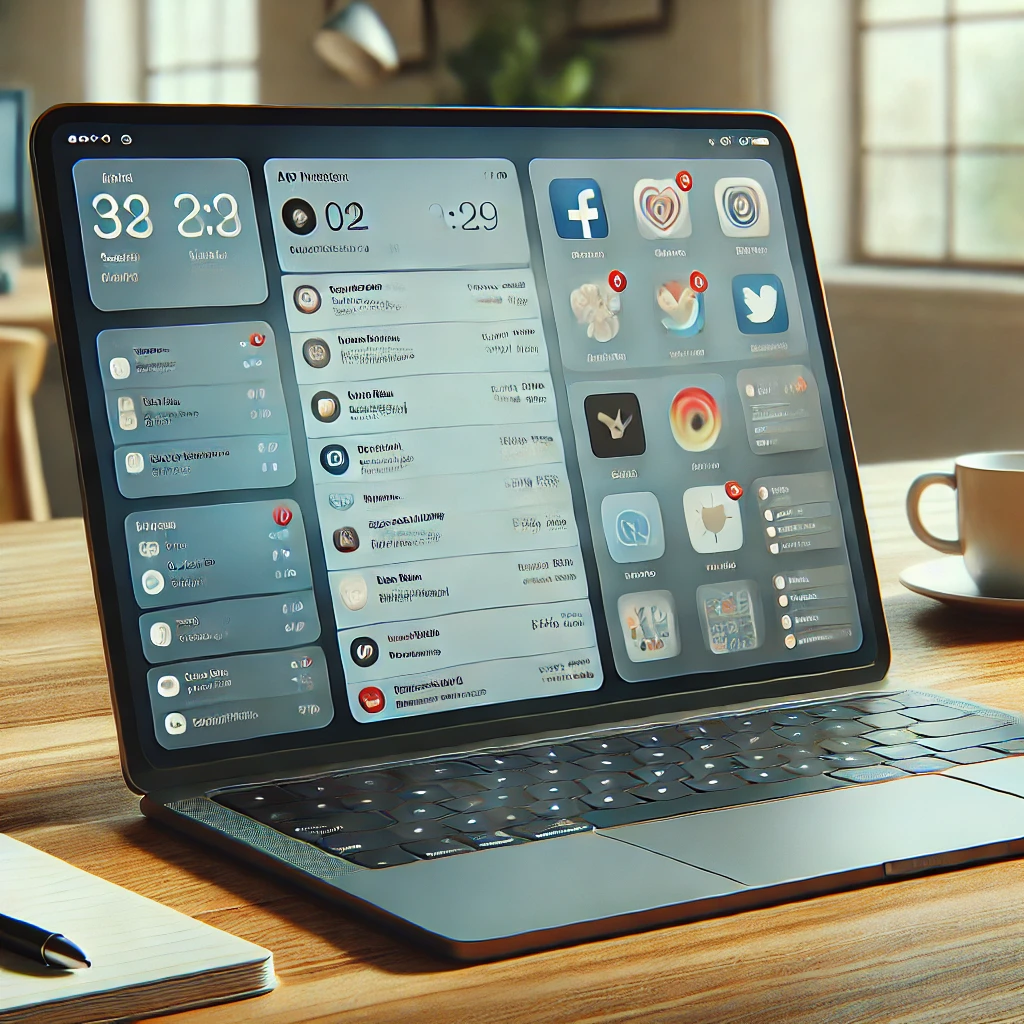
Enhancing Productivity Through Effective Device Organisation
In our professional lives, the efficiency of our devices plays a pivotal role in our overall productivity. An organised device not only streamlines tasks but also reduces stress and saves valuable time. Here are several strategies to help you optimise your devices for enhanced productivity:
1. Declutter Your Home Screen
- Remove Unused Applications: Regularly assess and uninstall apps that are no longer in use. This simplification aids in quicker access to essential tools.
- Categorise Similar Apps: Organise apps into folders based on their functions, such as ‘Work’, ‘Finance’, or ‘Social’. This structure minimises screen clutter and enhances navigation.
- Opt for a Simple Wallpaper: Choose a minimalist background to reduce visual distractions, allowing for better focus on tasks.
2. Organise Files and Folders
- Implement a Logical Folder Structure: Create a hierarchical system with clear labels for different projects or departments, facilitating efficient file retrieval.
- Use Descriptive File Names: Incorporate dates and specific descriptors in file names to ensure easy identification and sorting.
- Regularly Purge Redundant Files: Schedule periodic reviews to delete outdated or unnecessary files, freeing up storage and maintaining system performance.
3. Manage Your Email Effectively
- Utilise Folders and Labels: Sort incoming emails into designated folders or apply labels to keep your inbox organised and prioritise responses.
- Unsubscribe from Irrelevant Mailing Lists: Regularly evaluate and remove yourself from subscriptions that no longer provide value, reducing inbox clutter.
- Apply the Two-Minute Rule: If an email requires less than two minutes to address, handle it immediately to prevent backlog.
4. Optimise Browser Efficiency
- Organise Bookmarks: Sort frequently visited sites into folders for quick access, and remove bookmarks that are no longer relevant.
- Manage Browser Extensions: Keep only essential extensions active to prevent browser slowdowns and potential security risks.
- Regularly Clear Cache and Cookies: Perform routine clean-ups to enhance browser performance and protect privacy.
5. Strengthen Password Management
- Adopt a password Manager: Utilise reputable password management tools to securely store and manage complex passwords.
- Create Strong, Unique Passwords: Ensure each account has a distinct, robust password to mitigate security breaches.
- Enable Two-Factor Authentication: Add an extra layer of security to sensitive accounts by activating two-factor authentication.
6. Control Notifications
- Disable Non-Essential Notifications: Limit alerts to only those that are critical, reducing distractions during work hours.
- Schedule Notification Checks: Allocate specific times to review notifications, allowing for uninterrupted focus periods.
- Utilise ‘Do Not Disturb’ Features: Activate this mode during intensive work sessions to maintain concentration.
7. Implement Robust Data Backup Solutions
- Leverage Cloud Storage: Store important documents in secure cloud services to ensure accessibility and data protection.
- Set Up Automatic Backups: Configure devices to perform regular backups, safeguarding against data loss.
- Maintain Multiple File Copies: Keep duplicates of critical files in different locations to prevent loss from unforeseen events.
8. Maintain Device Health
- Keep Software Up-to-Date: Regularly update operating systems and applications to benefit from security patches and performance improvements.
- Conduct Routine Security Scans: Use trusted antivirus programs to detect and eliminate potential threats.
- Perform Physical Cleaning: Regularly clean device exteriors to prevent dust accumulation, which can affect hardware performance.
By implementing these strategies, you can transform your devices into efficient tools that support your professional objectives, leading to improved productivity and a more streamlined workflow.
